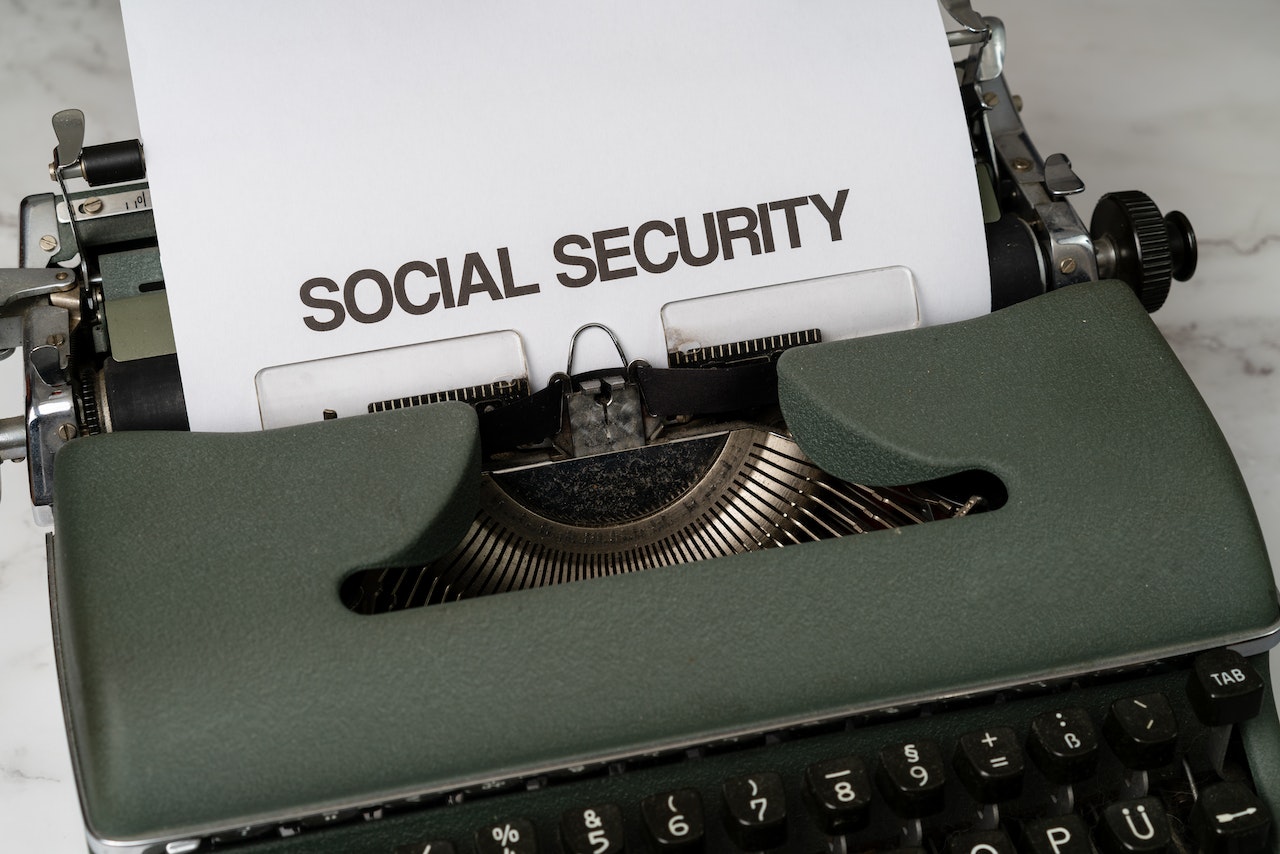Are you looking for a way to diversify your retirement portfolio? Converting your 401k to gold and silver may be the answer.
Investing in gold and silver is an effective way to protect your retirement savings from market volatility and inflation. Plus, it can provide long-term growth potential over time.
In this article, we’ll explain the process of converting your 401k to gold and silver, assess any risks involved, explore different investment options, and help you decide if it’s right for you.
So let’s get started!
The Benefits of Converting Your 401k to Gold and Silver
Protect your retirement savings and secure your future with the power of precious metals! Converting your 401k into gold and silver can be a smart choice for many investors.
Precious metals are an excellent hedge against inflation, as their value will generally increase over time. They also provide a safe haven in times of economic or political uncertainty, since they are not affected by currency fluctuations, stock market volatility, or the movements of central banks.
Investing in gold and silver also allows you to diversify your portfolio and protect yourself from risk. By diversifying into these two precious metals, you can help ensure that you’re not putting all your eggs in one basket when it comes to investing.
Gold and Silver have both been around for centuries, so they have proven track records when it comes to long-term investments.
The the best way to buy gold and silver with IRA is relatively simple if done through an experienced broker or financial advisor who specializes in these types of transactions. When selecting a broker or advisor, make sure to do thorough research on any potential providers before making any decisions.
Converting your 401k into physical gold and silver is an effective way to safeguard your retirement savings while also protecting yourself from potential risks associated with traditional investments such as stocks or bonds.
Understanding the Process of Converting Your 401k
Safeguarding your retirement savings is essential, so understanding how to switch it up is key. Converting your 401k into gold and silver can be a beneficial move for those looking to secure their financial future. Before making any decisions, you should understand the process in order to make an informed decision.
To begin, you must contact your employer or plan administrator and ask them about the options available for converting a portion of your 401K to precious metals such as gold and silver. Depending on the type of plan you have, there may be restrictions on what types of investments are allowed within the plan itself.
If there are no restrictions preventing you from investing in precious metals, then you should consider setting up an account with a reputable online dealer that specializes in trading metals such as GoldSilver.com or Regal Assets.
Once you’ve established an account with one of these dealers, it’s time to decide which form of metal investment makes sense for you. Either coins or bars are popular among investors seeking diversification from stocks and bonds. Coins come in many varieties ranging from American Eagles and Canadian Maples to Krugerrands and Austrian Philharmonics; while bars come in sizes ranging from 1g all the way up to 400oz ingots!
Once you’ve made your selection, simply transfer funds from your 401k into the dealer’s account where they will purchase the metal for you at market prices on demand – at which point it will be stored securely by them until requested otherwise by yourself.
Making sure that your retirement savings is protected requires research and due diligence but can be worth it depending on how comfortable an investor feels with their portfolio allocation or current state of affairs in the stock markets around the world. Understanding how to safely convert part of a 401K into tangible assets like gold and silver can help provide some peace of mind when planning for retirement down the line – no matter where we find ourselves economically at that given time.
Assessing Potential Risks Involved in the Conversion
When it comes to switching up a 401k, assessing the potential risks involved is essential to ensure a secure financial future. There are several risks associated with converting your 401k into gold or silver, including:
- Taxes: Converting your 401k could result in an increase in taxes owed on the withdrawal amount.
- Investment Risks: The price of gold and/or silver can fluctuate significantly over time, so you could end up losing money if prices decrease after you make the conversion.
- Liquidity Issues: Gold and/or silver may not be as liquid as other investments, which means that it may take longer for you to access your funds when needed.
- Inflation Risk: Gold and/or silver do not provide any income while held, meaning that they can potentially lose value over time due to inflation.
It is important to consider all of these risks before making the decision to convert your 401k into gold or silver. However, if done correctly, it can also be a great way to diversify your investment portfolio and protect yourself from market volatility.
It’s essential to speak with an experienced financial advisor who can help assess whether this type of conversion is right for you and discuss strategies for mitigating potential risks associated with such investments.
Researching Different Gold and Silver Investment Options
If you’re looking to diversify your investments, researching different gold and silver options can be a great way to go!
When it comes to investing in gold and silver, there are several ways to do so. You could buy physical coins or bars, invest in Exchange Traded Funds (ETFs) that track the price of these commodities, purchase stocks of mining companies, or use futures contracts. Each has its own advantages and drawbacks depending on your preferences.
Investing in physical gold and silver bullion such as coins or bars, the biggest benefit is that they offer a form of wealth storage outside of the banking system. Furthermore, they have historically held their value over time as a hedge against inflation. On the other hand, buying physical gold and silver comes with additional costs such as storage fees or premiums for certain coins. Additionally, if you decide to sell your investment at a later date you may have difficulty finding buyers who are willing to pay full market value for the items.
Investing in ETFs offers an easier way to access markets without having the hassle of storing physical bullions. However this comes with its own challenges such as higher transaction fees due to brokerages being involved in each trade plus tracking errors from ETF prices not matching up exactly with spot prices since ETFs don’t always hold all their assets directly.
With stocks from mining companies investors can expect some added exposure through dividend payments but also experience volatility when commodity prices fluctuate too much which could result in significant losses if not managed carefully. Lastly futures contracts allow investors greater control when trading large positions but also come with risks associated with liquidity since many contracts require margin deposits meaning that losses could quickly accumulate if not managed correctly.
When it comes down to deciding what type of investment is right for you it will largely depend on how comfortable you are managing risk versus reward potential as well as how much money you have available to invest upfront and store safely afterwards if needed.
Consulting with Financial Advisors
Consulting with a financial advisor can be a great way to ensure your gold and silver investments are safeguarded.
A financial advisor can help you understand the market, give you advice on which assets to purchase, and even help manage your portfolio as it changes. With their expertise, you can make informed decisions that will provide long-term security for your hard-earned money.
When considering consulting with a financial advisor, it’s important to research thoroughly and choose someone who is experienced in investing in gold and silver specifically.
Ask for referrals from other investors or read up on reviews online to find one who meets your needs. Don’t be afraid to shop around until you find someone who understands what you’re trying to achieve and has the knowledge necessary to properly advise you.
Your gold and silver investments should not be taken lightly; they require careful consideration if they are going to be successful over the long term.
Working with an experienced financial advisor gives you access to their expertise so that together, you can develop a plan that maximizes returns while minimizing risks associated with these types of investments.
Taking the time now will pay off in the future!
Ensuring That Converting Your 401k is Right for You
Before converting your 401k, it’s essential to consider whether this is the right decision for your financial future. Here are three points to think about when making such a major choice:
- Are you comfortable with the risk involved in investing in gold and silver?
- Have you done research on how gold and silver investments compare to other options?
- Is there a reliable way for you to store gold or silver if you decide to convert?
It’s important that you have all the information available before making any decisions regarding your 401k. Consider talking with trusted family members, friends, or financial advisors who may be able to provide advice and insight into what could be best for you.
You should also take some time to assess your own comfort level with risk-taking and determine an appropriate course of action. Researching online can provide more details on trends in different markets as well as strategies that might work well for you.
Ultimately, this is a personal decision that should not be taken lightly. Make sure that before taking any steps towards converting your 401k, you have thoroughly considered the potential risks and rewards associated with such a move. Doing so can help ensure that whatever route you choose will help support your long-term financial goals.
Taking Action: How to Get Started with the Conversion Process
Ready to take the next steps towards converting your 401k? Make sure you understand all the potential risks and rewards associated with this decision before getting started.
The process of converting a 401k to gold or silver is relatively straightforward, but there are some important considerations to keep in mind. First, make sure that you have enough money saved up in order to purchase physical gold or silver bullion. Second, research the different types of gold and silver available on the market and decide which one is best suited for your needs and budget. Lastly, shop around for reputable dealers who offer competitive prices on their products.
Once you have decided on a type of gold or silver bullion to buy and found an appropriate dealer, it’s time to start the conversion process itself. Generally speaking, you will need to contact your 401k provider directly in order to arrange a rollover into either a self-directed IRA account or another qualified retirement plan such as a Roth IRA.
It is important that you follow all applicable laws when making this transition so be sure to do your due diligence and consult with an experienced financial advisor if needed.
Once your funds have been rolled over into a new account, it’s time to purchase the gold or silver bullion itself using those funds. You can do this by contacting the dealer directly or through their online store if they have one available.
Be aware that there may be additional fees associated with buying precious metals so factor those costs into your decision-making process beforehand. Once bought, it’s essential that you store your investment safely until you are ready to sell it off at a later date – otherwise its value could potentially be lost over time!
Conclusion
Converting your 401k to gold and silver may be a good financial move for you, depending on your individual situation.
Consider the risks involved, research different gold and silver investment options, and consult with financial advisors before deciding if this is the right choice for you.
Ultimately, it’s important to make sure that converting your 401k is something that will benefit your overall financial goals in the long run.
Take the time to weigh all of your options carefully and make an informed decision about what’s best for you.…








